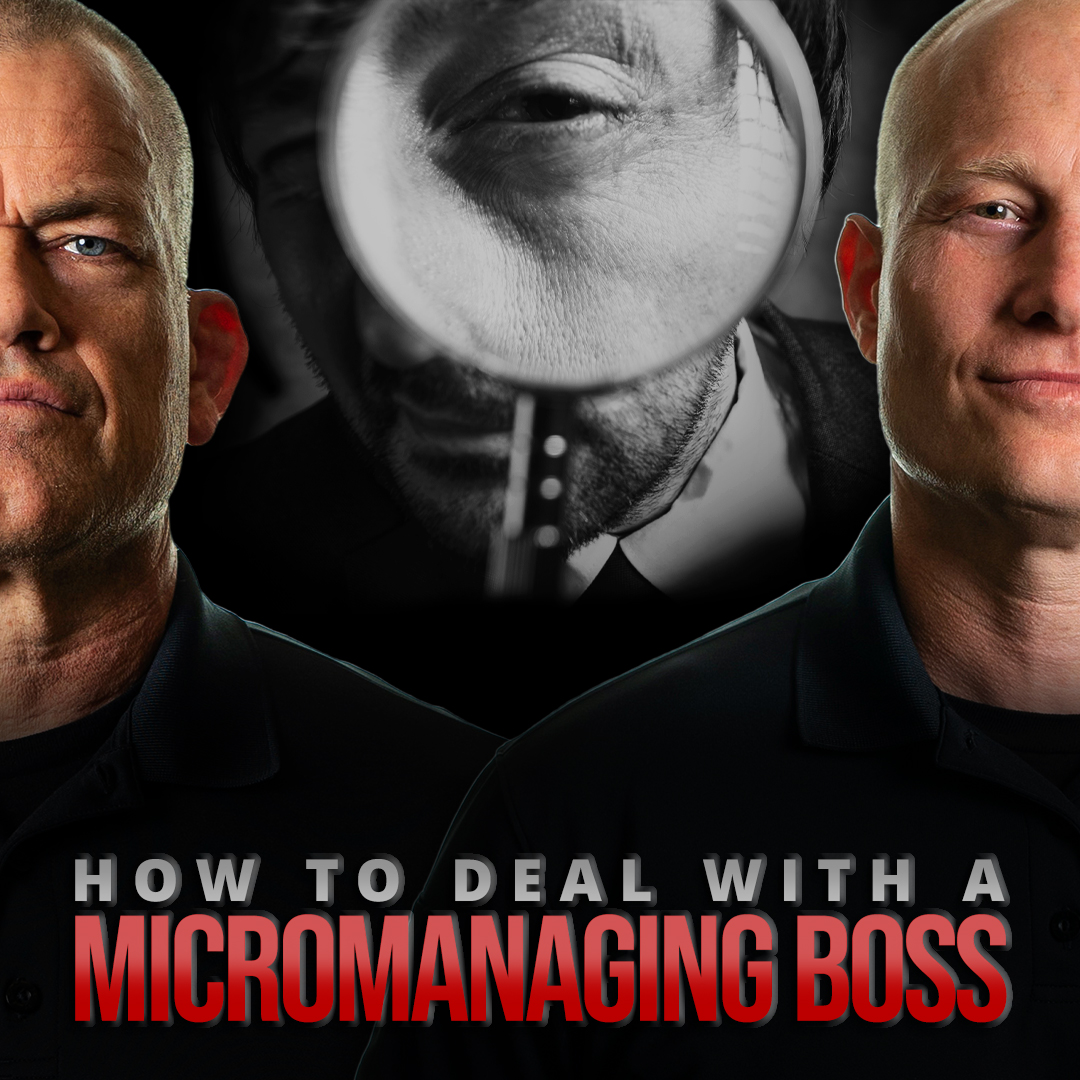Powered by RedCircle
When a leader accepts total responsibility for everything that impacts their mission, Extreme Ownership becomes not just retroactive but pre-emptive to prevent problems from happening in the first place.
Leadership Concept: Pre-emptive Ownership
In the book, Leadership Strategy and Tactics, Jocko wrote:
When a leader knows they cannot blame anyone or anything else, they will implement what I call ‘preemptive ownership’—they will take ownership of things to prevent problems from unfolding in the first place…
Ownership isn’t just about taking responsibility when mistakes happen; the highest form of Extreme Ownership takes place preemptively before the mistakes occur.
An effective leader knows they can’t blame an inexperienced team member who is working on a critical part of a project. They will make the extra effort to train that team member, check in with them frequently, and make sure that they are on track to be successful. These actions prevent critical errors before they even happen.
A leader can’t control the weather. But a leader who understands that bad weather is not an excuse will take preemptive ownership to ensure contingency plans are in place.
When a leader accepts total responsibility for everything that impacts their mission, Extreme Ownership becomes not just retroactive but pre-emptive to prevent problems from happening in the first place.
Real-World example:
“I told my supervisor to ensure the job was properly inspected before we poured concrete,” the senior project manager said. The project manager was a proven leader with years of experience in large construction projects. “But the job didn’t get properly QC’ed [inspected for quality control]. We had to tear all that concrete out and repour, which costs us a lot of money on an already thin profit margin.”
“That’s frustrating,” I said.
“Why do we even pay a supervisor who can’t properly QC a job? I shouldn’t have to do it myself. They should know how to QC a job,” the senior project manager continued.
“Why do you think your supervisor didn’t properly QC the job?” I asked.
“I don’t know,” the project manager replied. “He should know how to do that.”
“You are talking about theory versus reality,” I said. “If your supervisors don’t know how to properly QC a job, whose fault is that?
The senior project manager didn’t answer.
“It’s your fault,” I said. “You are responsible for everything your team does, everything that impacts your mission. If your supervisors don’t know how to QC a job, it’s up to you to train them.”
We discussed how this incident provided an excellent training opportunity for the senior project manager to take ownership. He had to ensure his people knew how to properly QC a job and why it is essential. He put together some quantifiable data to share with his supervisors, including: the direct cost of an improper inspection, the impact on the overall profit on the job, and the decrease in bonuses for the team.
Once the senior project manager understood preemptive ownership, he devised a plan to train his team and walk through the QC process with them. They would continue to develop their skills until he was confident they could do it independently and prevent such issues from happening again.
For action:
This week, analyze where you can provide additional support, oversight, guidance, or check in to prevent potential problems from happening. Once you’ve determined potential problem areas, take action to avoid those problems before they occur. That is preemptive ownership. MAKE IT HAPPEN.



